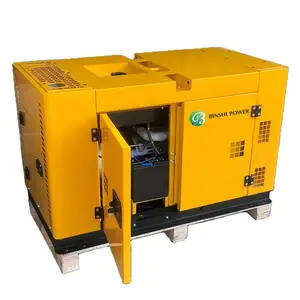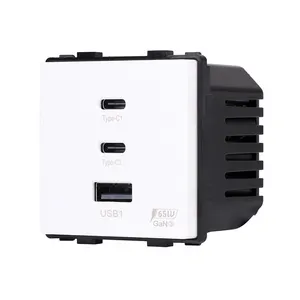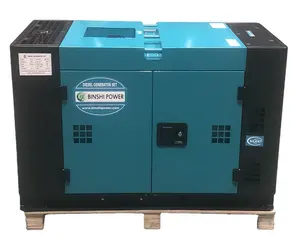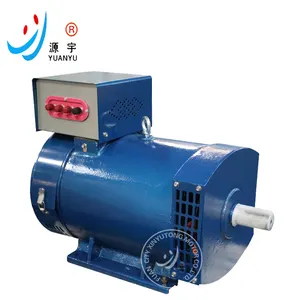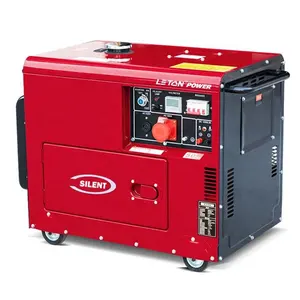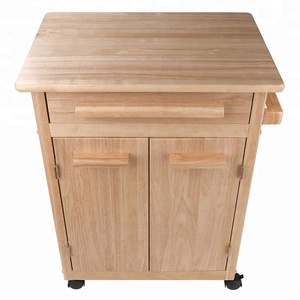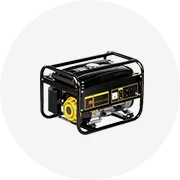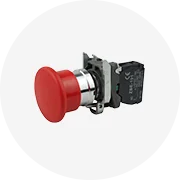





창고에 있는 500 kg 짧은 알루미늄 단면도 수송 손수레 창 목제 판 수송 dolly를 적재하는 10 개의 층
배송 준비 완료
₩305,643 - ₩319,536
최소 주문량: 1 개
조각 당 선박: ₩186,109







즉석 판매 흰색 바퀴 꽃 장식 및 음식 사탕 카트 나무 디스플레이 웨딩 파티 디저트 달콤한 장바구니
배송 준비 완료
₩163,936 - ₩269,522
최소 주문량: 2 개
조각 당 선박: ₩65,116






나무 아기 보행기 푸시 품질 교육 다기능 푸시 바퀴 나무 아기 보행기 나무 조정 가능한 걷기 카트
₩26,397 - ₩29,175
최소 주문량: 200 개
조각 당 선박: ₩47,875






중국 공급자 나무로 되는 손수레 꽃 남비 다기능 식물 콘테이너 목회 장식적인 수레 재배자 수레 손수레
₩5,558 - ₩13,893
최소 주문량: 200 개
조각 당 선박: ₩24,146






공장 직접 하이 퀄리티 세탁 카트 대형 상단 선반 및 이동식 가방 손잡이와 세탁을위한 의류 햄퍼를 당겨

₩30,565 - ₩33,343
최소 주문량: 300 유닛
조각 당 선박: ₩2,134,039












헤비 듀티 롤링 돌리 메탈 잠금 캐스터 휠 카트가있는 나무 원형 식물 스탠드-스타일로 우아한 장식! 배송 준비 완료
배송 준비 완료
 배송 준비 완료
배송 준비 완료₩3,321 - ₩3,460
최소 주문량: 500 개
조각 당 선박: ₩3,599












금속 계층 작은 실내 대형 텔 금속 정원 카트 꽃과 야외 조정 가능한 야외 3 식물 디스플레이 꽃 스탠드
₩17,756 - ₩22,924
최소 주문량: 200 개
조각 당 선박: ₩985,726
상위 카테고리
소나무 나무 카트 정보
주거용이든 상업용이든 상관없이 회로를 보호하는 것은 이제 Alibaba.com의 소나무 나무 카트 액세서리를 사용하여 더욱 편리하고 간단 해졌습니다. 이 제품은 최고급 제품이며 모든 자산의 전기 연결 및 회로를 최대한 관리하도록 제조되었습니다. 여기에서 제공되는 제품은 성능에 능숙 할뿐만 아니라 모든 종류의 까다로운 용도에 대해 인증되고 지속 가능하므로 더 긴 수명을 보장합니다. 뛰어난 가격으로 사이트의 선도적이고 신뢰할 수있는 소나무 나무 카트 공급 업체 및 도매 업체로부터 이러한 제품을 구입하십시오.
연결 크기와 상관없이 이러한 소나무 나무 카트는 모든 종류의 복잡한 회로를 보호하고 모든 유형의 간섭으로부터 보호합니다. 이러한 제품은 원격 제어가 가능하며 스마트 폰을 통해서도 작동 할 수 있습니다. 사이트에있는 다양한 범주의 제품에는 고유 한 전압 및 전류 요구 사항을 처리하기위한 모든 최신 기능과 다양한 용량이 장착되어 있습니다. 이러한 제품은 성능 향상을 위해 고급 플라스틱,은, 구리로 만들어졌습니다.
알리바바 .com에서 다양한 소나무 나무 카트을 검색하고 요구 사항에 따라 여러 제품 중에서 선택하십시오. 이러한 액세서리는 내열성이며 과전류 안전, 과부하 보호, 변동 전압 보호 기능이 있으며 회로가 외부 간섭과 접촉하는 것을 방지하는 케이스와 함께 제공됩니다. 자동으로 적시에 스위치 켜기 또는 끄기 기능이 제공되며 Google Assistant 또는 Alexa로 음성 제어 할 수 있습니다. 자동 재 폐로 기능이있는 제품도 찾아 볼 수 있으며 태양 전지도 사용할 수 있습니다.
사이트에서 다양한 소나무 나무 카트 제품을 확인하고 요구 사항과 예산에 맞는 제품을 구입하세요. 사용자 정의에 액세스 할 수 있으며 소비자는 OEM 제품으로 주문할 수 있습니다. 필요에 따라 일부 제품에 대한 애프터 서비스도 제공됩니다.
연결 크기와 상관없이 이러한 소나무 나무 카트는 모든 종류의 복잡한 회로를 보호하고 모든 유형의 간섭으로부터 보호합니다. 이러한 제품은 원격 제어가 가능하며 스마트 폰을 통해서도 작동 할 수 있습니다. 사이트에있는 다양한 범주의 제품에는 고유 한 전압 및 전류 요구 사항을 처리하기위한 모든 최신 기능과 다양한 용량이 장착되어 있습니다. 이러한 제품은 성능 향상을 위해 고급 플라스틱,은, 구리로 만들어졌습니다.
알리바바 .com에서 다양한 소나무 나무 카트을 검색하고 요구 사항에 따라 여러 제품 중에서 선택하십시오. 이러한 액세서리는 내열성이며 과전류 안전, 과부하 보호, 변동 전압 보호 기능이 있으며 회로가 외부 간섭과 접촉하는 것을 방지하는 케이스와 함께 제공됩니다. 자동으로 적시에 스위치 켜기 또는 끄기 기능이 제공되며 Google Assistant 또는 Alexa로 음성 제어 할 수 있습니다. 자동 재 폐로 기능이있는 제품도 찾아 볼 수 있으며 태양 전지도 사용할 수 있습니다.
사이트에서 다양한 소나무 나무 카트 제품을 확인하고 요구 사항과 예산에 맞는 제품을 구입하세요. 사용자 정의에 액세스 할 수 있으며 소비자는 OEM 제품으로 주문할 수 있습니다. 필요에 따라 일부 제품에 대한 애프터 서비스도 제공됩니다.
